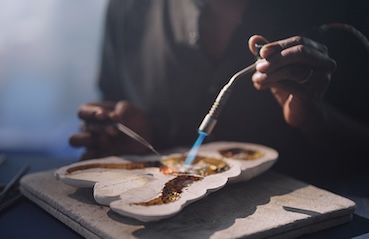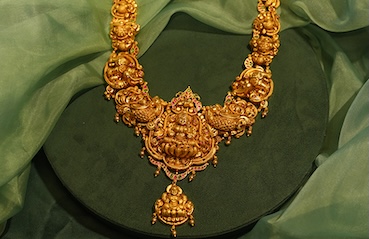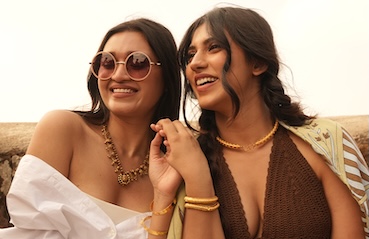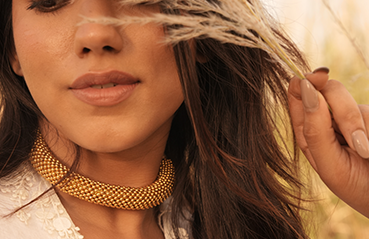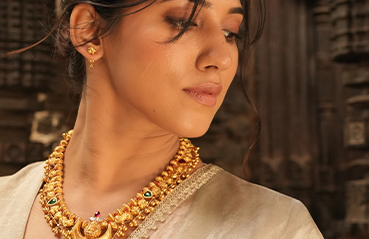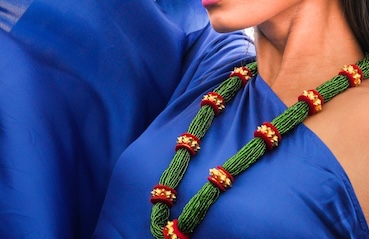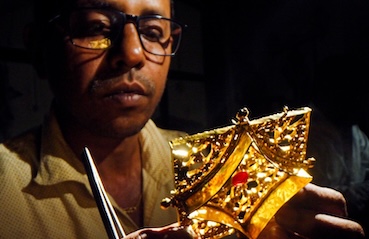Published: 01 Sep 2017
When emperor Jahangir weighed his son in gold
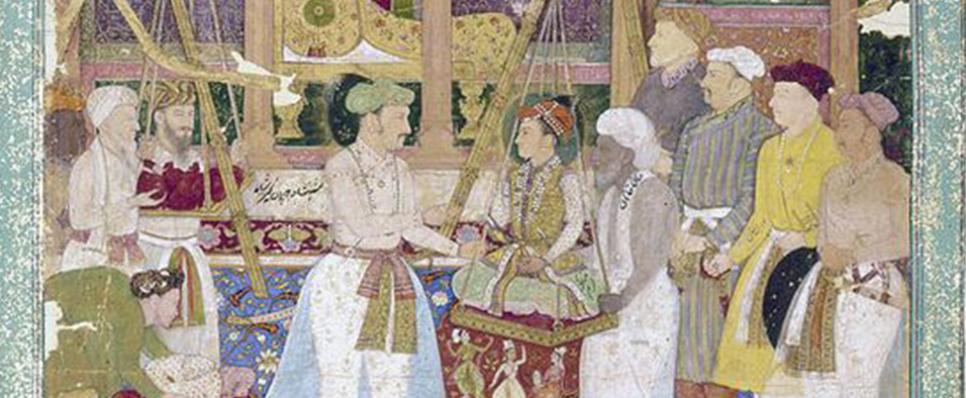
On July 31, 1607, Jahangir, the Mughal emperor of India, ordered his son Prince Khurram to be weighed in gold coins as part of the celebration of his 15th birthday. Being weighed in gold was, in fact, a Hindu royal custom ‘tuladhana’ – which Jahangir’s grandfather Humayun - ever-receptive to fanciful ideas - had adopted.
It was Emperor Akbar, Jahangir’s father, who made it an integral part of royal birthday ceremonies. Weighing in gold was also done during illness and other misfortunes, as a form of atonement. propitiatory rite.
There is a painting from Jahangir's memoirs, the Tuzuk-i Jahangiri – attributed to Emperor Jahangir’s court artist Manohar – that describes this event. The illustration, now in the British Museum, depicts an event where Prince Khurram is seated on a scale made of gold, set with rubies and other jewels. Before him are oval and rectangular trays with knives and daggers, small gold jars, cups and saucers – all studded with jewels. Two more trays have necklaces of precious gems. The official beside the Prince is identified as Jahangir's Commander-in-Chief, Abdul Rahim Khan-i Khanan. The leaf is evidently from an album of illustrations prepared for the finished copy of Jahangir's memoirs.
Twice-a-year, on the first day of both the solar and lunar years, it was customary for Emperor Jahangir to weigh himself or one of his sons in gold coins. The coins were then distributed to the poor and needy.
Interestingly, when Prince Khurram grew up and assumed the title of Shah Jahan, he had his daughter Jahanara similarly weighed, when she was recovering from burn injuries.
Sir Thomas Roe (1581 – 1644), an English diplomat who represented England in the Mughal court, once watched Jahangir being weighed on his birthday. He reminisced in his memoir, “The scales of massive gold were being hung in large trestles and a gold-plated crossbeam. The borders of the scales were set with small stones of rubies and turquoise, while the gold chains were large and massive, but strengthened with silk chords.”
“When the Emperor arrived, he sat on his legs, and there was put in against him many bags to fit his weight, which were changed six times.” The Emperor, Roe wrote, was weighed against diverse items such as gold, jewels and precious stones, along with reams of cloth of gold, silk, linen, and spices – all in bags.
